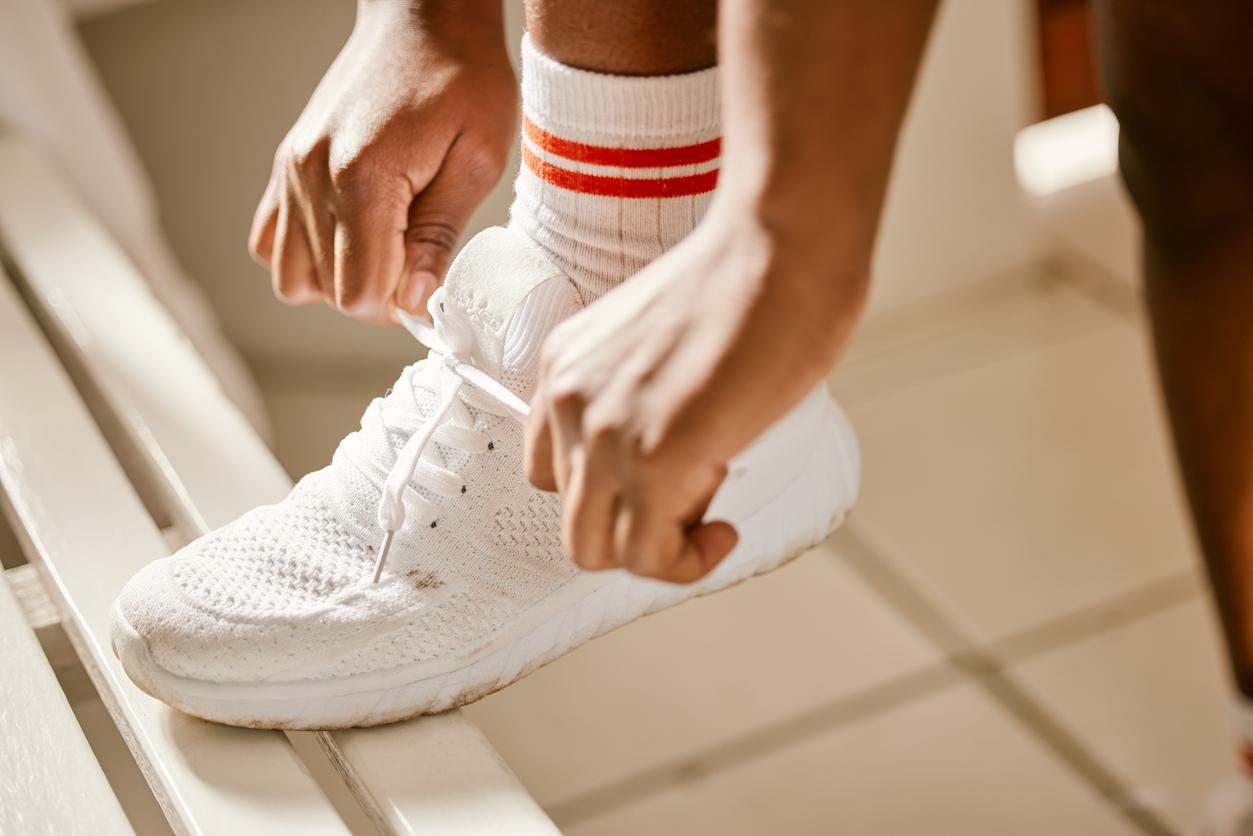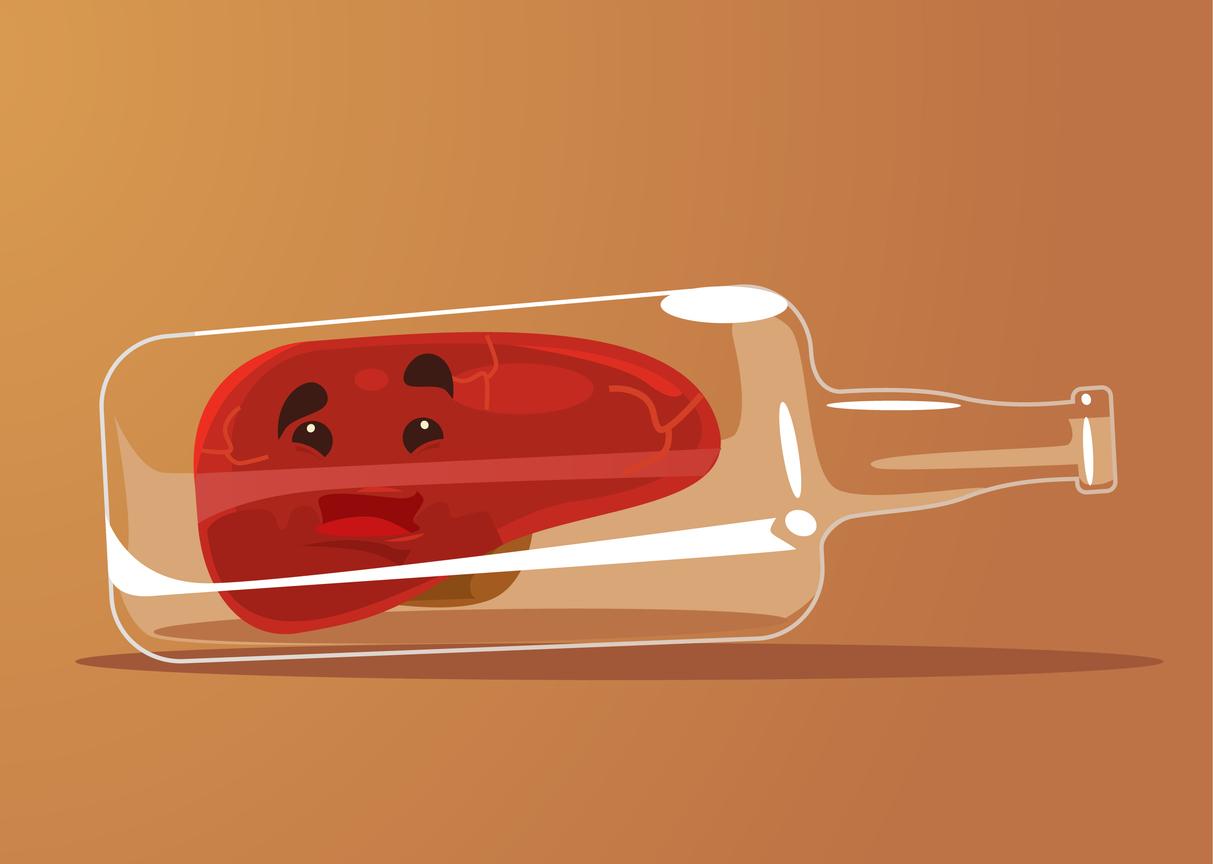Sport is essential to the good health of diabetics, although patients must follow specific rules to ensure their training is safe.

- Right now is National Diabetes Awareness Week.
- On this occasion, the French Federation of Diabetics lists the precautions to take before and during a sports session when suffering from diabetes.
- “Regular physical activity is an essential element in the treatment of different forms of diabetes, in the same way as a balanced diet and drug treatments, thus contributing to better management of blood sugar levels and the prevention of complications,” underlines the FFD.
On the occasion of National Diabetes Awareness Week, the French Federation of Diabetics (FFD) lists the precautions that patients must take before starting a sports session and during exercise.
Diabetes: what to do before and after a sports session?
Specialists therefore recommend:
– eat before exercise, never start physical exercise on an empty stomach;
– take something with you to re-sugar yourself;
– monitor your blood sugar regularly during physical activity;
– hydrate properly throughout the session and after it;
– end each session with a series of stretches for around ten minutes;
– stay in tune with your body and your sensations;
– in case of discomfort, even slight, stop the activity immediately and check your blood sugar.
Diabetes: how to eat before, during and after physical activity?
Since nutrition is essential in the development of diabetes, a dietician specializing in the disease completes these first 7 recommendations. “Before a sports session, it is necessary to include starchy foods in the meal preceding the physical activity and increase the quantity of starchy foods if the activity is planned in less than an hour”, she explains. “If the blood sugar level is below 1.20 g/l before physical activity, you should consume 5 g of carbohydrates (equivalent to 1 piece of sugar or 10 g of bread)”, she continues. During the activity, “in case of blood sugar lower than 1 g/l, you have to take 10 g of carbohydrates and monitor your blood sugar regularly afterwards”, she adds.
After exercise, the dietician nutritionist also advises reintroducing starchy foods into the diet in order to replenish glycogen reserves and to increase the quantity of starchy foods if the activity lasted more than 2 hours.
“After intense physical activity, it is necessary to compensate for the stress caused by the body by consuming antioxidants such as vitamin C naturally present in fruits”she concludes.
Diabetes: how to resume or start physical activity?
The FDD also provides advice to diabetics who wish to resume or begin physical activity. Specialists recommend in particular: “say yes to support, create a routine and build motivation”.

“Regular physical activity is an essential element in the treatment of different forms of diabetes, along with a balanced diet and drug treatments, thus contributing to better management of blood sugar levels and the prevention of complications,” underlines the FFD.
“The prevalence of this chronic disease is constantly increasing, from 5.6% of the French population in 2015 to 6.07% in 2021. This significant increase in cases of diabetes indicates a real epidemic in progress,” diabetologists also remind us.
“Diabetes management currently represents a major socio-economic challenge and public health. In 2021, total expenditure on diabetes and reimbursed by Health Insurance exceeded 9 billion euros, an increase of 7% compared to 2020″, they finish.

















